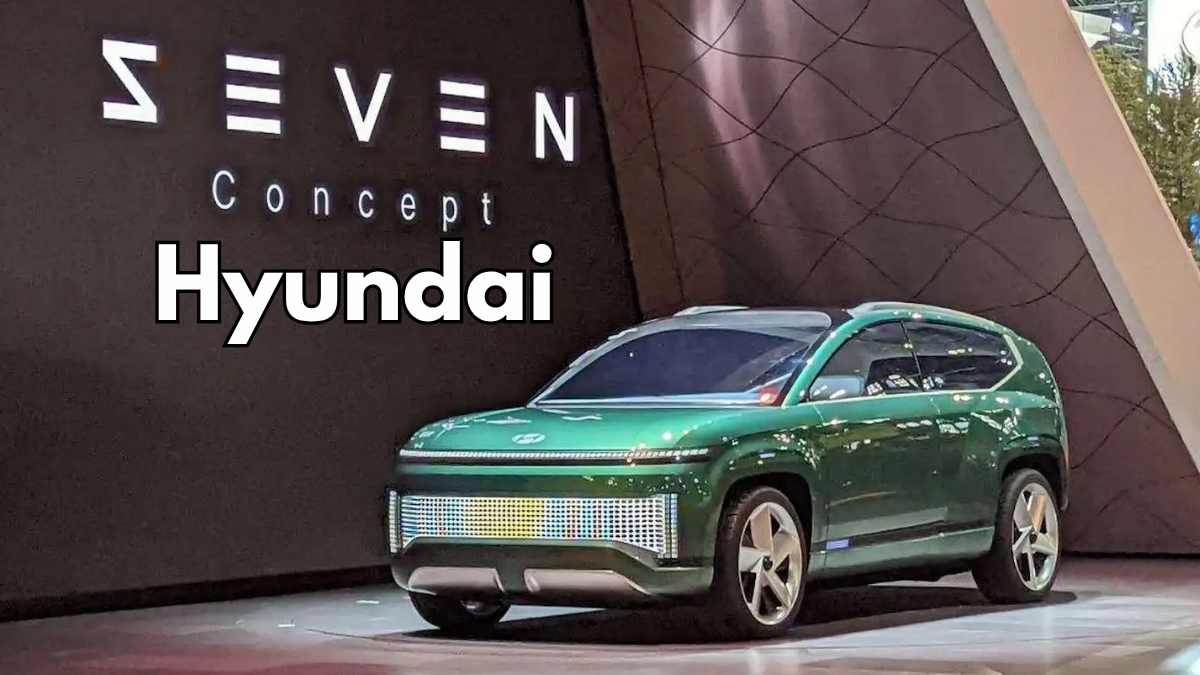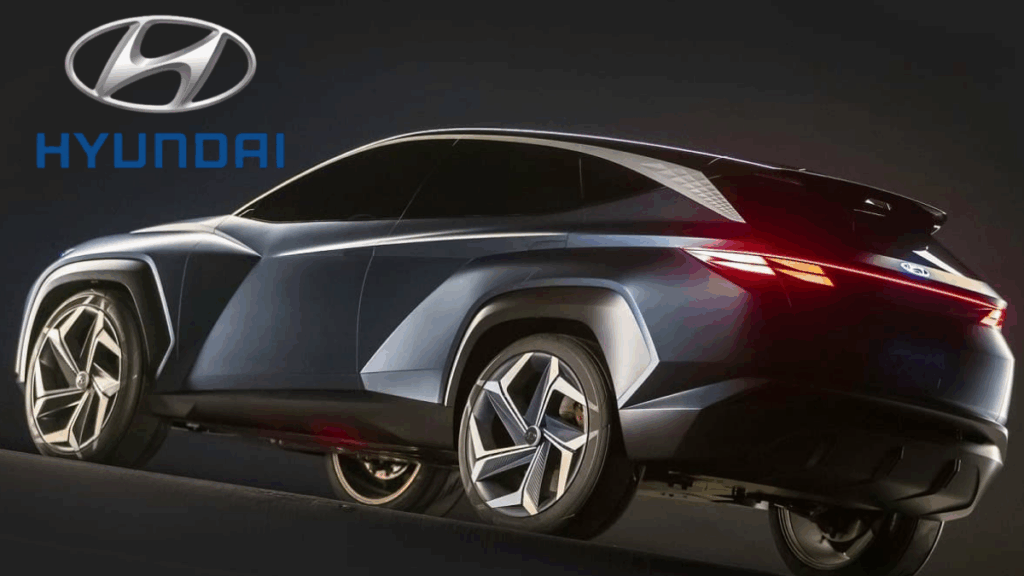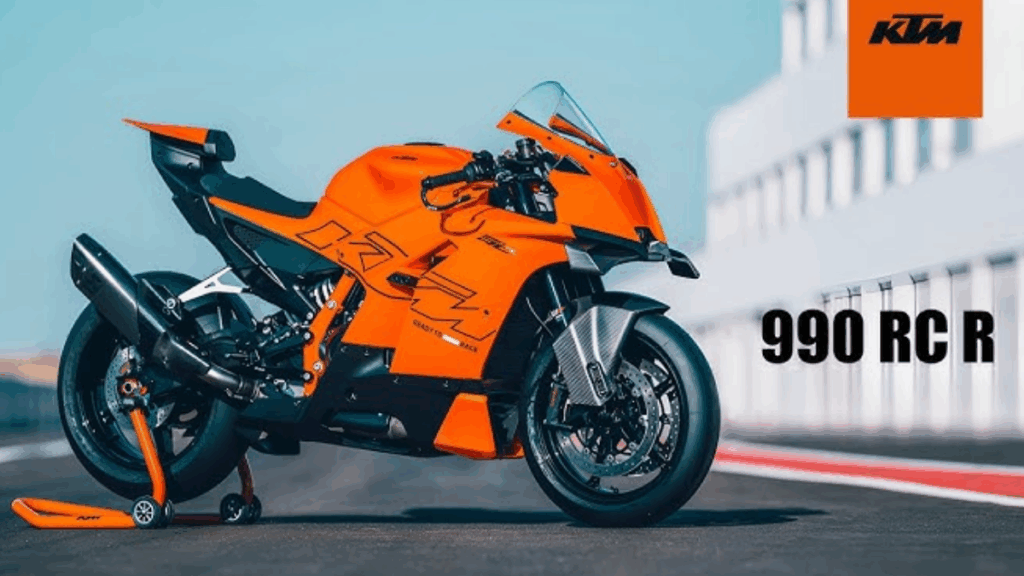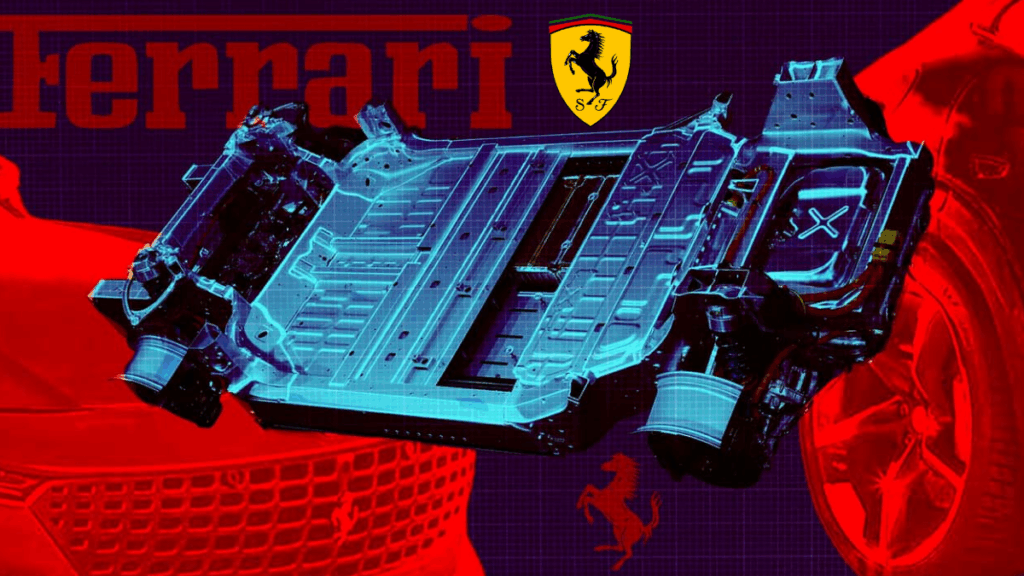Hyundai Motor India has outlined an aggressive product and technology roadmap that will reshape its portfolio between FY2025 and FY2030. The plan targets 26 new models across body styles and powertrains, with a clear tilt toward hybrid and battery electric vehicles while still refreshing successful internal combustion offerings. Hyundai frames hybrids as a practical bridge technology for Indian buyers who want better efficiency and lower running costs without fully depending on public charging. At the same time, the company is preparing a broader EV pipeline supported by localization, connected features, and safety upgrades. Below is a structured rewrite with a quick vertical summary table, detailed section wise insights, FAQs, and an SEO ready meta description.
Why This Roadmap Matters

India’s mass market is undergoing a rapid shift in buyer expectations. Shoppers want lower cost of ownership, better safety, and modern connectivity without compromising reliability. Charging networks are growing but remain uneven outside major cities, which makes hybrids a compelling interim solution. Hyundai’s plan acknowledges that reality. By widening hybrid availability and adding EVs in calibrated steps, the brand intends to meet customers where they are today while nudging them toward electrification over the next five years.
Quick Summary
Item |
Details |
|---|---|
Program Window |
FY2025 to FY2030 |
Total New Models |
26 launches across full model changes, new nameplates, derivatives, and facelifts |
Technology Focus |
Expanded hybrid lineup and a stronger EV slate alongside updated ICE models |
Hybrids |
8 new hybrid models targeted by FY2030 |
Powertrain Mix Goal by FY2030 |
Eco friendly share to rise toward 47 percent with EV and hybrid growth |
Present Mix (FY2025) |
Petrol and diesel near 76 percent, CNG near 19 percent, eco friendly near 5 percent |
Model Cadence |
FY2026: 4 models. FY2027 to FY2028: 8 models including new nameplates. Further acceleration through FY2030 |
Likely Hybrid Candidates |
Venue, Creta, Tucson expected to see hybrid options over the plan horizon |
Strategic Vision |
Scale sustainable mobility in India with mainstream hybrids, practical EVs, and strong safety tech |
Official Site |
Technology Strategy – Hybrids as the Bridge, EVs as the Destination
Hyundai will roll out eight new hybrid models by FY2030. Hybrids deliver real world fuel savings in city traffic through frequent engine off operation and energy recuperation. They also avoid range anxiety since they refill like a normal car. As public charging expands and battery prices trend down, Hyundai’s EV mix will rise, particularly in urban oriented crossovers and compact SUVs. Expect features such as energy aware navigation, vehicle to load capability on select EVs, and connected telematics that optimize charging windows and running costs.
On the hybrid side, watch for compact turbo petrol engines paired with efficient motor generators and compact battery packs that fit without sacrificing luggage volume. Regenerative braking and predictive energy management based on route and traffic data can further boost efficiency. Hyundai will likely tune hybrid drive modes for Indian stop go cycles, flyovers, and frequent short trips where traditional engines waste fuel.
Powertrain Mix – From ICE Dominance to a Balanced Portfolio
Today’s Hyundai portfolio in India is still anchored by petrol and diesel at roughly three quarters of sales. CNG variants have been rising with value focused buyers. The FY2030 target tilts the mix toward approximately 47 percent eco friendly powertrains, driven by hybrids and EVs. This rebalancing suggests a smaller role for CNG near 6 percent and a restrained but refreshed presence for ICE models. Expect incremental improvements in emissions, start stop logic, and engine mapping on petrol and diesel to keep them competitive where customers still prefer conventional propulsion.
Product Cadence – What Arrives When
- FY2026
Four launches including a full model change, a derivative, and two facelifts. This phase sets the foundation with familiar nameplates refreshed for design, safety, and tech. - FY2027 to FY2028
Eight launches across two years including two new nameplates, three full model changes, two derivatives, and a facelift. This is the period when hybrids become visible across more segments, and the first of the next wave of EVs scale up. - FY2029 to FY2030
Acceleration in hybrid and EV introductions. The portfolio skews more clearly toward eco friendly options, while ICE variants retain strategic roles in price sensitive bands.
Hyundai’s approach spreads risk. It leverages known badges to absorb new technology and uses fresh nameplates to introduce future facing design and software.
Likely Models and Segments to Watch
The plan hints that popular SUVs such as Venue, Creta, and Tucson are strong candidates for hybridization. Venue hybrid would court city commuters who want higher efficiency in a compact footprint. Creta hybrid could become the volume driver by balancing space, features, and fuel economy. Tucson hybrid would appeal to premium buyers who log highway miles and want quiet, effortless torque with long touring range. Expect at least one compact EV that targets urban families and an additional crossover EV that balances space with efficiency for intercity runs.
Safety, Software, and Connected Upgrades
As the mix shifts, Hyundai is likely to scale safety content. Six airbags, electronic stability control, and advanced driver assistance will become more common by trim. Expect enhancements to adaptive cruise, lane keeping assist, blind spot avoidance assist, and 360 camera stacks. Connected software will evolve to support predictive maintenance, remote updates, and energy coaching that helps owners extract real world savings from hybrids and EVs. Infotainment will focus on larger, high resolution displays with faster processors, wireless smartphone integration, and voice assistants tuned for Indian languages and accents.
Manufacturing, Localization, and Value
To hit ambitious price points, Hyundai will expand localization of key components. For hybrids, that means motors, power electronics, and cooling. For EVs, battery module assembly and thermal systems are critical levers. High localization improves cost competitiveness and resilience against currency swings, while also enabling faster parts availability and better service economics. Buyers benefit through sharper introductory prices, stronger residual values, and predictable maintenance costs.
What It Means for Buyers
- More choice across fuel types, body styles, and price bands
- Lower running costs through efficient hybrids and practical EVs
- Better safety tech on mainstream trims rather than only on top variants
- Improved resale as eco friendly options gain acceptance and brand support grows
For shoppers planning a purchase in the next two to three years, the takeaway is simple. If you want maximum efficiency without changing your habits, hybrids deserve a close look. If your usage is mainly urban and you can charge at home or work, EVs will start to make strong financial sense as options widen.
Frequently Asked Questions
Q1. How many new Hyundai models are planned for India by FY2030
A. Hyundai targets 26 new models across the window from FY2025 to FY2030.
Q2. How many of these will be hybrids
A. Eight hybrid models are planned by FY2030 as part of a larger eco friendly mix.
Q3. Which current models are likely to gain hybrid versions
A. Venue, Creta, and Tucson are widely expected to receive hybrid options over the plan period.
Q4. What happens to EVs in this roadmap
A. EV introductions will expand in parallel, with more practical crossovers and improved connected charging features as the network grows.
Q5. What is Hyundai’s powertrain mix goal for FY2030
A. Eco friendly options are intended to rise toward 47 percent of the portfolio, while CNG moves near 6 percent and ICE continues with meaningful refreshes.
Q6. What is the launch cadence in the near term
A. FY2026 will bring four models. FY2027 and FY2028 together add eight more, including fresh nameplates and full model changes.
Q7. Will safety and ADAS expand across trims
A. Yes. Expect wider availability of six airbags, ESC, and ADAS features as Hyundai lifts the baseline for mainstream segments.
Q8. How will Hyundai manage pricing for hybrids and EVs
A. Deeper localization of key components, modular platforms, and scale efficiencies will be used to keep prices competitive and ownership costs predictable.
Q9. Is charging infrastructure a constraint for EV adoption
A. Infrastructure is improving but remains uneven. Hyundai’s strategy uses hybrids to bridge the gap while ramping EVs as networks and home charging adoption rise.
Q10. Where can I track official announcements
A. Refer to Hyundai India’s official website listed below for product news and timelines.
Official Site
- Hyundai India: https://www.hyundai.com/in/en
For More Information Click HERE






